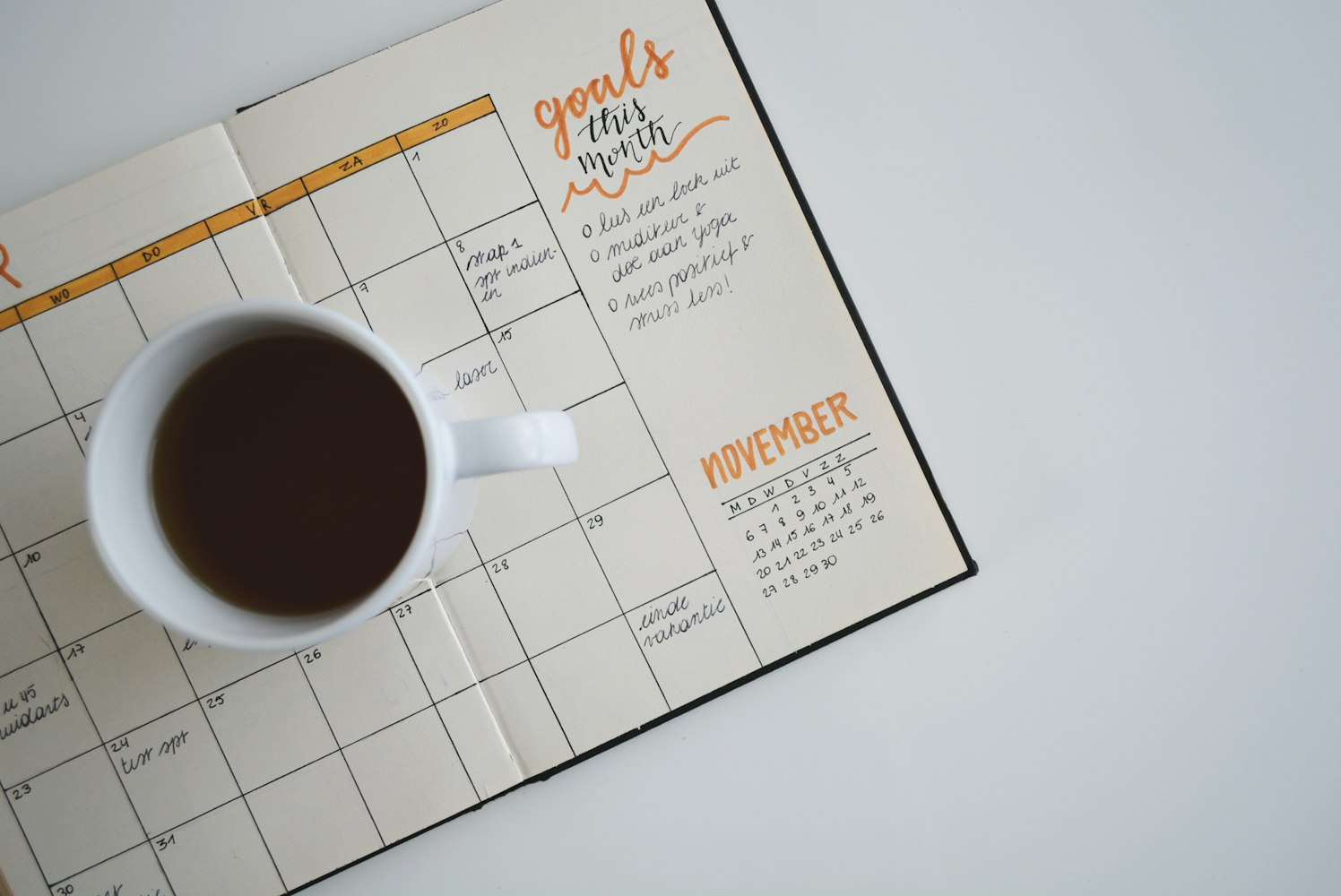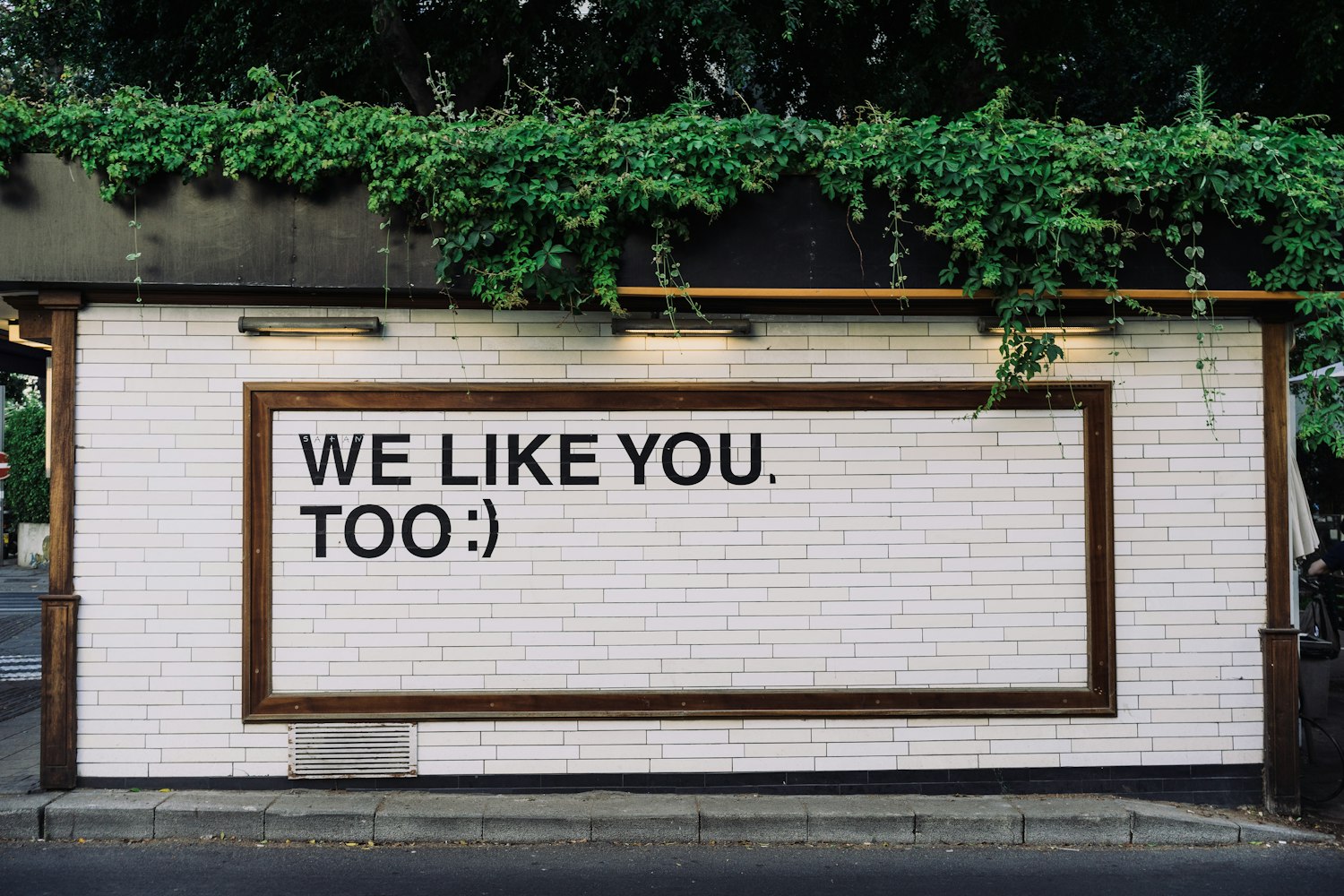Blog
9 Ways To Get The Perfect Kindle Book Cover Designed Through A Freelance Platform.
As much as authors would like to not admit it, the book cover makes a big impact to the attractiveness of a book and consequently how well it sells.
But, how do you go about having perfect cover created via the freelancer route, one that will generate clicks to your Amazon Kindle listing page and turn more of those visitors into customers.
Well, that’s what I’m going to be showing you today…
1. Do your research and have a clear idea of what you want.

It is absolutely crucial to do sufficient research before you write up a brief so you have a super clear idea of what you want. Look at competitor's book covers and run searches on Google Images and Pinterest in order to get inspiration. Once you have a clear idea of what you want then it’s time to move onto the next stage.
2. Write up a clear and well-structured brief

Once you have a clear idea of what you want, you need to spend the time to write a clear, concise and well-structured brief so that you get the most relevant people applying for the work and the person you choose knows precisely what you want.
The brief should include some information detailing what your book is about, who the target audience is and most importantly, what you want the cover of the book to look like visually. The more information you can provide here, the better.
Useful information to provide would be the colour scheme you would most prefer, what sort of fonts you would most want and what sort of photo/illustration you would like to serve as the focal point of the cover. It would also be very useful to provide some images of other covers you have found online that closely resemble what you want your cover to look like so the designers applying have the clearest idea possible.
The brief should also include information about the sort of freelancer you are looking for, for the work, detailing what traits your ideal freelancer should have (e.g. good attention to detail, timely communication etc) as well as any special requirements you may have such as the location they should be based in.
Finally, most freelance platforms let you either set a price for the project, an hourly rate or submit the brief without a price at all. It is up to you which option you take.
3. Look through the freelance professional listings.

Building up connections helps you expand your sphere of influence and Once you have submitted your brief, most freelance platforms will let you look through profiles of freelancers on their platform that they believe closely match your requirements and you can invite these people to apply to bid on your brief with their proposal.
4. Put out a freelance work ad

This is the main way most authors attract a high volume of designers to their book cover briefs. As long as the brief is written well and the budget is at or above the market rate, you will get a good number of qualified and talented designers applying.
5. Be patient.

It’s very important to be patient after you have put out a freelance work ad onto one of the platforms. Whilst most freelance platforms do have thousands of active freelancers on them looking for work, don’t forget that most good freelancers will take some time to read the brief and formulate a relevant, detailed proposal. There is also the fact that due to time zones some freelancers will be asleep when you post your job.
So, we recommend waiting 2-3 days before worrying. If after 3 days you still haven’t received many applications then take a look at your brief and budget for any obvious mistakes and reach out the support staff for the freelance platform if you can’t figure out the cause.
6. Look through the responses carefully.

If you have written the brief in a clear, concise and structured manner and the budget is at or above the market rate for the job then you will likely have a large volume of proposals to sift through.
We recommend you using the freelance platforms inbuilt filters to narrow down to the freelance designers that are most experienced/qualified only after you have scanned the whole list, as often, there will be gems in the list of applicants that the blunt filters will eliminate, such as highly qualified designers that are new to the platform and have fewer reviews or work history.
It makes sense to take the time to look through the responses carefully to maximise your chances of finding the right person from the list of applicants for the job at hand.
7. Set clear expectations and deadlines before hiring

Once you have selected the freelance designer you are most happy with and want to work with then be sure to set clear expectations and deadlines from the offset. This will minimise any disappointments further down the project and will make sure both parties know precisely what is going on and where they stand.
8. Maintain close communication throughout the job.

Just as important as it is for the chosen freelancer to communicate closely with you throughout the project, it is also very important for you to communicate in a clear and timely manner with them in order to ensure any confusion and issues are ironed out and resolved quickly so they do not negatively impact the quality and completion of the design project. This close communication is especially important if you are providing design revision information.
8. Provide honest feedback at the end.

Once the designer has created a book cover you are satisfied with, be sure to provide clear and honest feedback to them on the freelance platform you hired them on in a timely manner.

